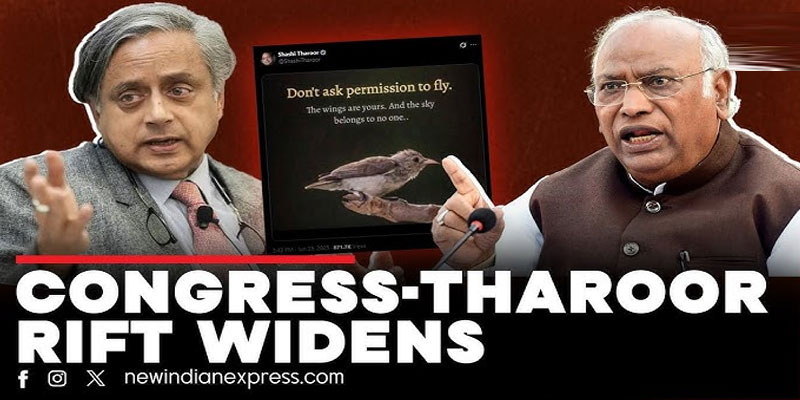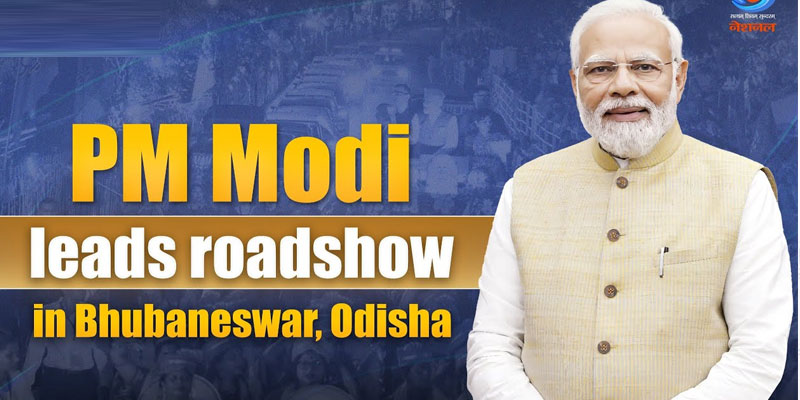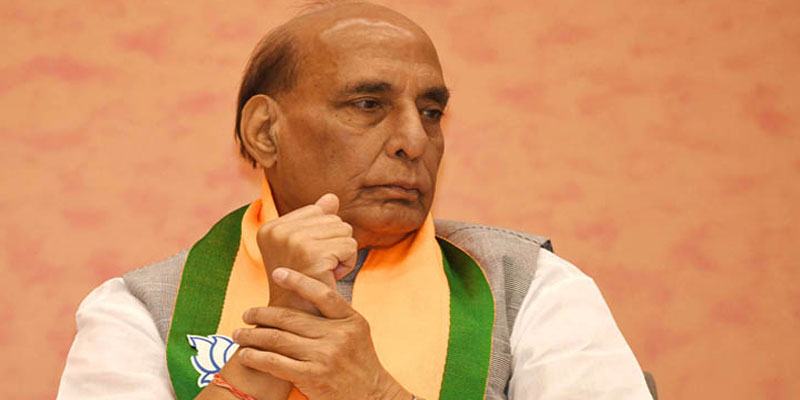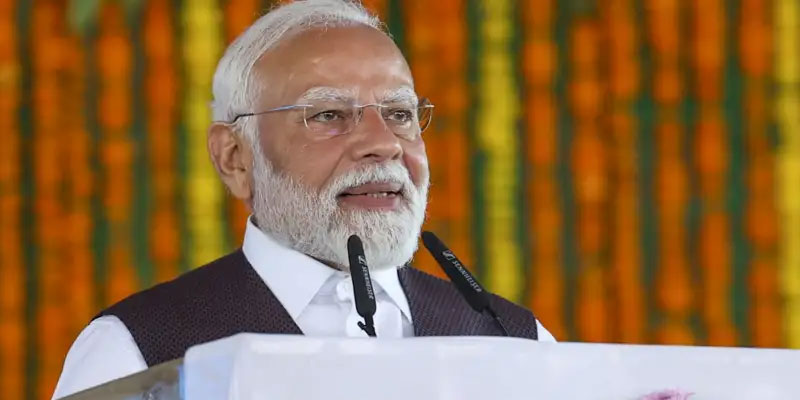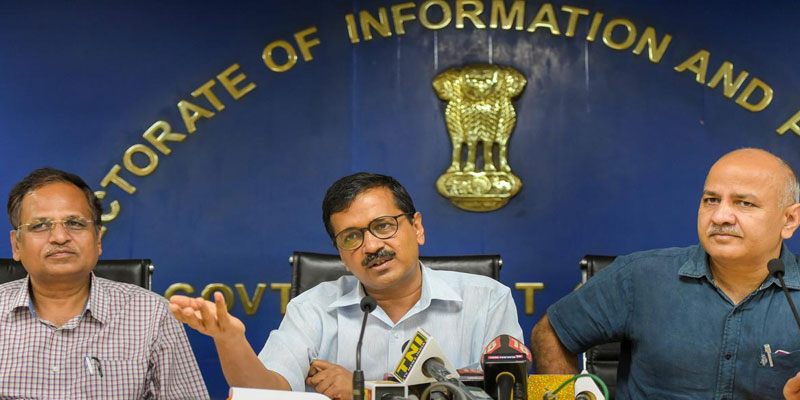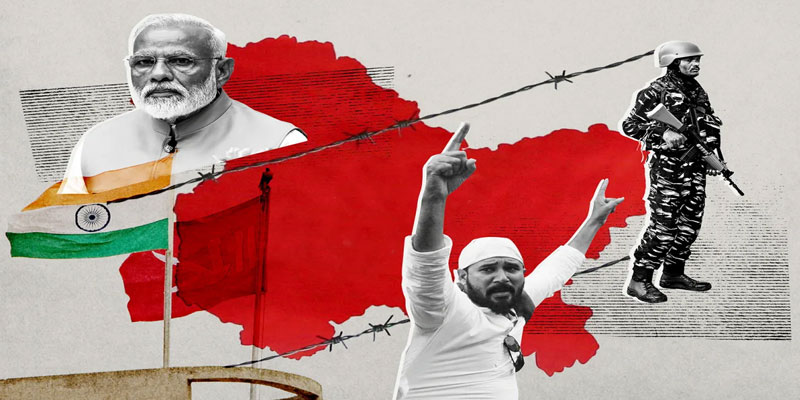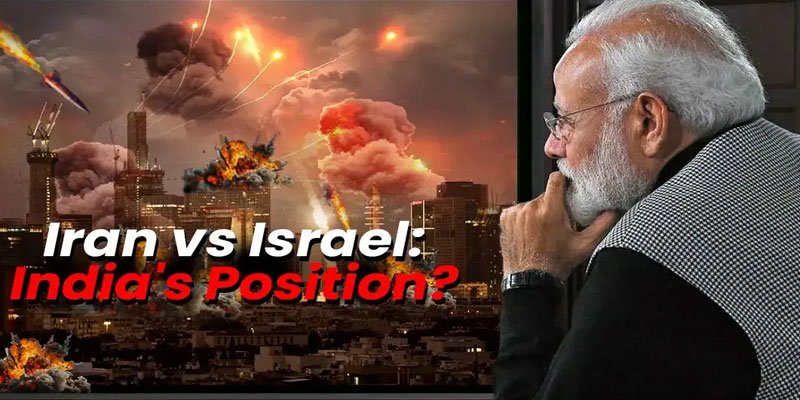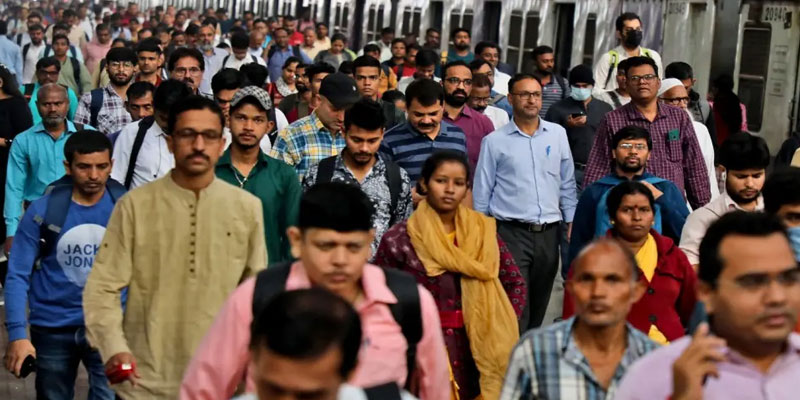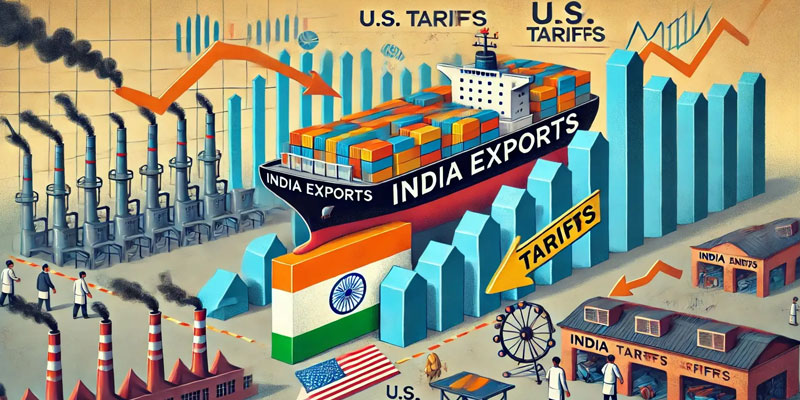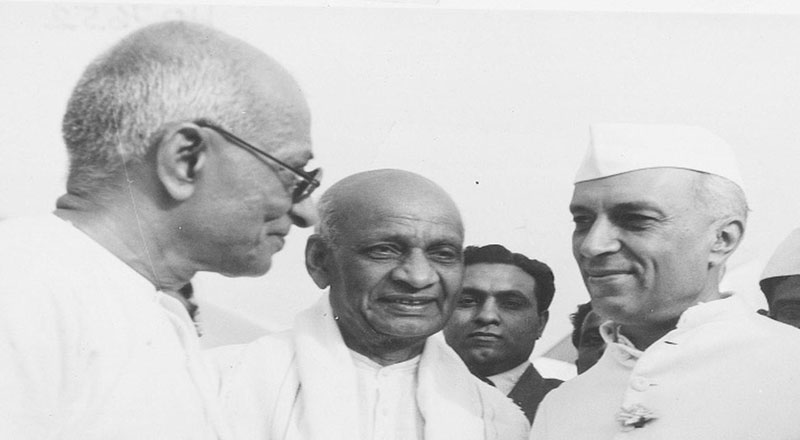Massive Blow to Maoist Insurgency: 31 Naxals Eliminated in Joint Operation
In one of the most decisive actions against Maoist insurgents in recent years, security forces killed 31 Naxals in a major coordinated operation in the Kurraguttalu hills on the Chhattisgarh-Telangana border. Union Home Minister Amit Shah declared it the “largest anti-Naxal operation ever”, hailing it as a turning point in the government’s campaign to eliminate left-wing extremism.
The operation involved personnel from the CRPF, Telangana’s Special Task Force (STF), and the District Reserve Guard (DRG). Despite facing rough terrain and hostile weather, the forces completed the mission without any casualties, dismantling a central command post of Maoist operations in the region.
The Kurraguttalu hill complex, described as a critical strategic site, functioned as the nerve center for multiple top-tier Maoist units—including PLGA Battalion 1, DKSZC, TSC, and CRC. These formations were responsible for overseeing recruitment, arms training, and coordinated strikes across central India.
Naxal-Free Bharat: A National Mission with a Deadline
This operation marks a major milestone in the government’s ambitious ‘Naxal-Free Bharat by 2026’ initiative, launched by Union Home Minister Amit Shah under the leadership of Prime Minister Narendra Modi. In his statement, Shah reaffirmed the government’s pledge to eradicate Naxalism from Indian soil by March 31, 2026.
The mission is not merely a law-and-order exercise but a multi-pronged effort combining military action, development, and rehabilitation. It seeks to reclaim areas long dominated by insurgents, re-establish state institutions, and integrate affected populations into the national mainstream through roads, health infrastructure, education, and livelihood programs.
How India Is Advancing Toward a Naxal-Free Future
India’s anti-Naxal strategy has significantly evolved over the past decade. From reactive policing, it has transformed into proactive, intelligence-led, multi-agency operations. The government has deployed an integrated grid of security, surveillance, and community engagement in Naxal-prone districts.
According to the Ministry of Home Affairs, Naxal-related violence has declined by over 70% between 2010 and 2023, and the number of affected districts has dropped from 96 in 2010 to just 45 in 2022.
Some of the recent key operations include:
April 2024 (Bijapur, Chhattisgarh): 13 Maoists killed in a gunbattle with elite COBRA commandos.
November 2023 (Sukma, Chhattisgarh): Joint forces neutralised 9 Naxals in a forest encampment.
June 2023 (Jharkhand): 6 Naxal operatives arrested with explosives and arms during a pre-emptive crackdown.
Apart from armed operations, infrastructure development has played a key role. Road construction under schemes like the Road Requirement Plan (RRP-I) has helped security forces access once-inaccessible areas while enabling economic activity in tribal regions.
Simultaneously, surrender and rehabilitation schemes have led to hundreds of Naxal cadre laying down arms. These individuals are offered financial assistance, skill development training, and reintegration into civilian life—turning former combatants into community leaders and symbols of transformation.
Reclaiming India’s Red Corridor—One Hill at a Time
The recent success at Kurraguttalu is both tactically decisive and symbolically powerful. A region once echoing with the slogans of revolution now sees the tricolour raised high, marking the return of the Indian state. The significance of the site—once the command hub of violent insurgency—underscores the deep inroads made by Indian security forces and policymakers.
Yet, the mission is far from over. Naxalism, while weakened, remains embedded in pockets of poverty, mistrust, and underdevelopment. To truly uproot the ideology, India must match bullets with bridges, boots with books, and guns with governance.
As Amit Shah rightly said, the fight is not just for territorial control—it is for the hearts and futures of communities once isolated from the rest of India. The vision of a Naxal-Free Bharat by 2026 is no longer a distant aspiration—it is an achievable reality, one reclaimed hill and one empowered village at a time.
(With inputs from agencies)




